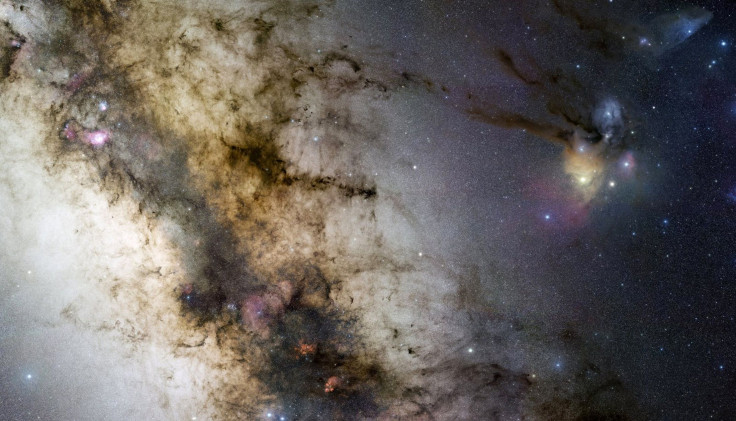Humans Might Be Alone In The Universe As Scientists Fail To Find Signs Of Alien Life

Scientists have long tried to discover if there is life outside of our planet but, so far, to no avail.
Space exploration has developed by leaps and bounds, but so far, we have only discovered places where life, particularly Earth life, could survive. But when it comes to finding another organic being existing even within our own galaxy, there is still a long way to go to prove there’s actual alien life out there.
In fact, an article from Forbes written by astrophysicist and book author Ethan Siegel recently discussed the possibility that humans might actually be the lone organic life that exists in the universe. According to the report, putting together all of today’s studies and discoveries and looking at them with logic simply shows that complex life or simple life (such as microbial organisms) does not exist and that we might truly be along in the cosmic realm.
The report also stated that even if what mankind knows about space, in general, has vastly developed, we continue to be left without evidence that alien life is out there somewhere. Humanity has vastly evolved from cave creatures to beings who have invented technology and space exploration. So if this evolution can be applied to other planets in the universe, one would think we would have already discovered something by now.
The article also pointed out why humans should have discovered signs of alien life by now. It mentioned technologies that include direct imaging, radial velocity studies, and measurements of transiting exoplanets which could have been used to find proof of life.
Using the mentioned methods via NASA's now-defunct Kepler mission, astronomers were able to discover that 80 to 100 percent of stars have planets or planetary systems related to them, that approximately 20 to 25 percent of those systems have a planet located in the "habitable zone," or located in areas where possible water exists and that around 10 to 20 percent of those planets are basically Earth-like for life to survive.
Using these discoveries, it can be concluded that there is a great possibility that planets with the same life potential as ours actually exists. In fact, in the Milky Way alone, there are billions of planets already that have an “Earth-like chances for life.”
What’s sure for now is that scientific discoveries have now placed humans in an ideal position to discover life outside the planet and that no matter how vast, we should continue searching for life. Otherwise, humans will remain as the only evidence of life in the Universe.
© Copyright IBTimes 2025. All rights reserved.





















